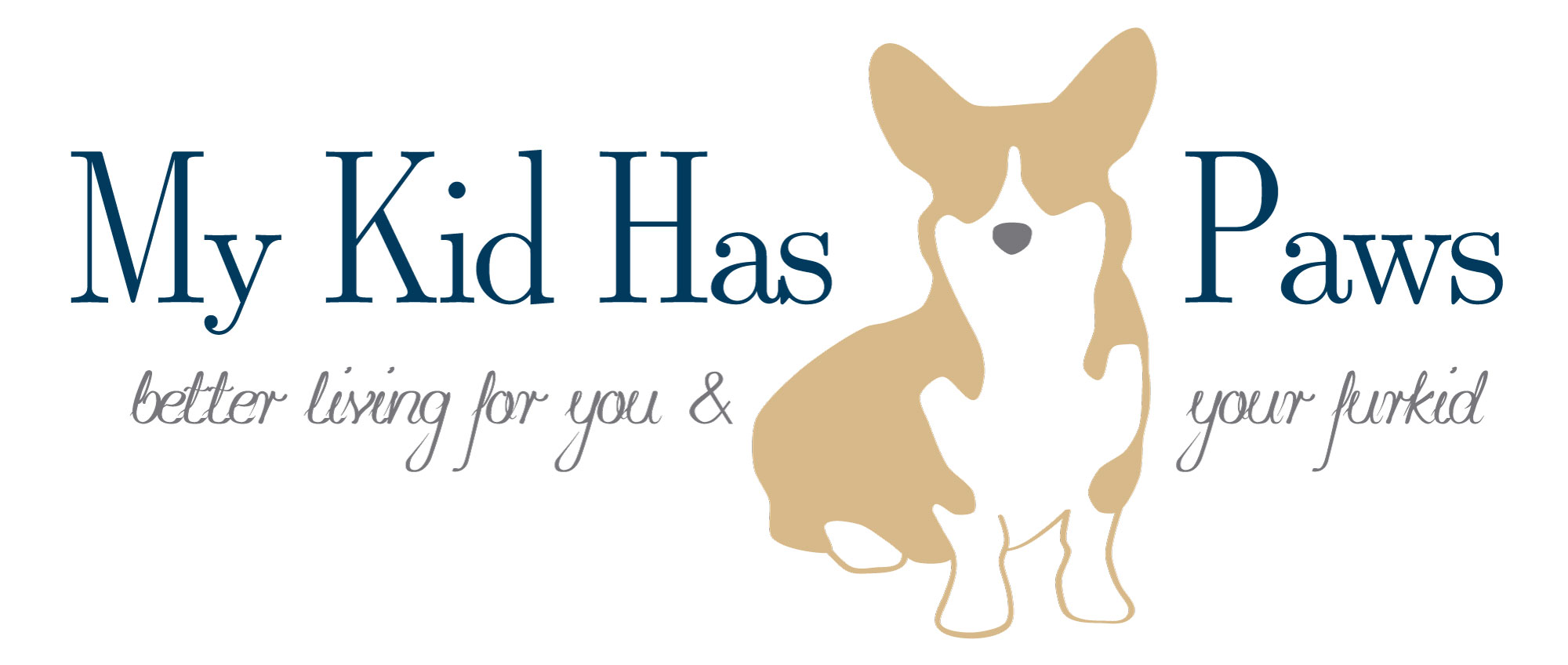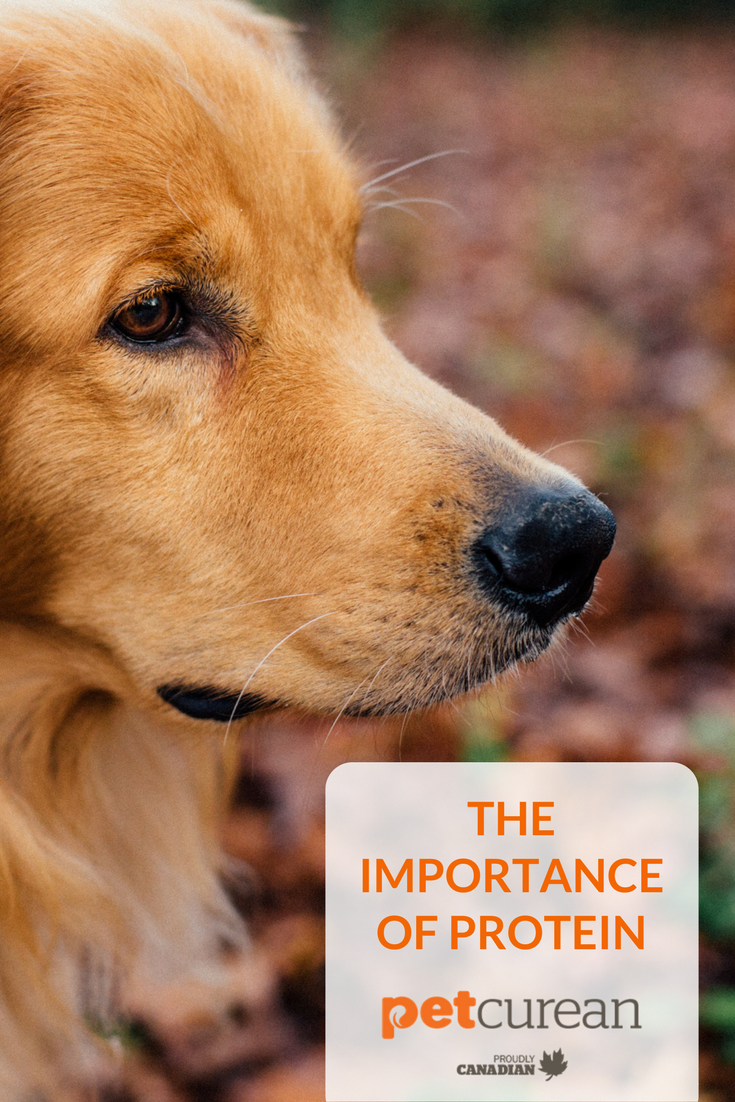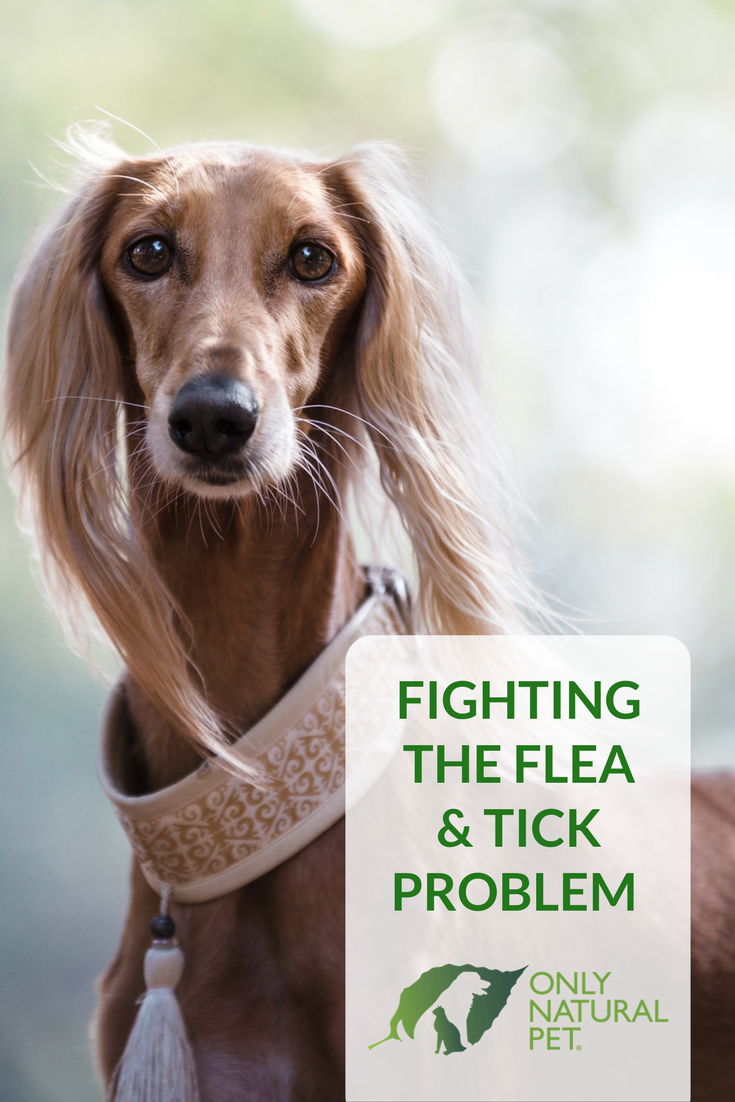The other day Rooney and I were at a Corgi meetup, and I had what was a very typical conversation with another pet parent.
I asked what their Corgi’s name was and how old they were. When they asked me the same, and I said that Rooney was 7, they asked me, “What do you feed him? Because he looks great!”.
Obviously I am biased. I think Rooney looks great, especially for 7. However when someone compliments how youthful your dog acts and looks, it feels good as a pet parent to know that you are doing everything you can to keep your dog young and healthy. But the question is, how do you know you are feeding your dog the right food?
Well, a huge part of learning about pet nutrition is learning how to read the food label. Petcurean put together this information with 5 food label essentials pet parents need to know:
Ingredients Panel:
- The ingredients list is probably the most recognizable portion of the nutrition panel. What some pet owners may not know however is that the ingredients are listed in descending order by weight, which means the first ingredient is the largest quantity and the last ingredient is the smallest.
- Tip: Buying economy brands of pet food is not always a money saver. Some economy brands use inexpensive ingredients that aren’t highly digestible. This means you must feed your dog more portions of the food just to ensure they’re meeting their nutritional requirements. In the long run, the cost per serving for a lower quality food is much higher than that of a premium food where your pet can get all of their nutrients from one serving.
Guaranteed Analysis:
- This section provides information about the nutrient content of the food. It should include the minimums for Crude protein and Crude fat, as well as the maximum Crude Fiber and Moisture. Additionally, any nutrients highlighted on the packaging must be included in the guaranteed analysis.
- Tip: You can find the guaranteed analysis of a pet food product on a company’s website or by contacting the company. Here’s an example for Petcurean’s GO! Sensitivity + Shine LID Venison Recipe For Dogs.
Feeding Guidelines:
- The feeding guidelines should only serve as a starting point for deciding how much to feed your pet, as it heavily depends on your pet’s size, age, and activity level.
- Tip: The best way to assess proper feeding is by calculating your pet’s body condition score. You can find that out here.
If you have any questions about how much you are feeding your pet, bring the food to your pet’s next annual exam and discuss with your veterinarian.
Nutritional Adequacy Statement:
- This statement tells you if the food is complete and balanced, meaning it meets all of your pet’s nutritional requirements. It will also tell you if the product should be used only for intermittent feeding or as a treat.
- Tip: Pay attention to what stage of life this section recommends for feeding. It should be labeled for all life stages or for one stage in particular.
Certifications:
- Organic: An organic certification means that the production methods comply with organic farming standards. The primary goal of organic production is to use farming practices that are sustainable and harmonious with the environment.
- MSC: The Marine Stewardship Council is an independent international non-profit certification organization that promotes sustainable fishing practices. An MSC certification is based upon three principles: sustainable fish stocks, minimizing environmental impacts, and effective management.
- Vegan: The primary criteria for a product to receive the Certified Vegan logo is that the producer must prove that no ingredients were sourced from animals, no animal testing was permitted, adequate segregation of vegan and non-vegan ingredients was ensured and adequate clean out procedures were followed in facilities that produce vegan and non-vegan products.
GATHER™ dog and cat recipes have received three different food certifications, Vegan, MSC certified, and Organic, to provide transparency about the ingredients that have been carefully selected for these diets.
Do you check your pet’s food label? If so, what specifically do you look for?
Disclaimer: We are part of the Petcurean Blogger Advocate program. However, we feed Rooney Petcurean every day. My Kid Has Paws only shares information about products we like and we believe our readers will enjoy.
Rooney Photo by Pawpawrazzi Pet Photography


